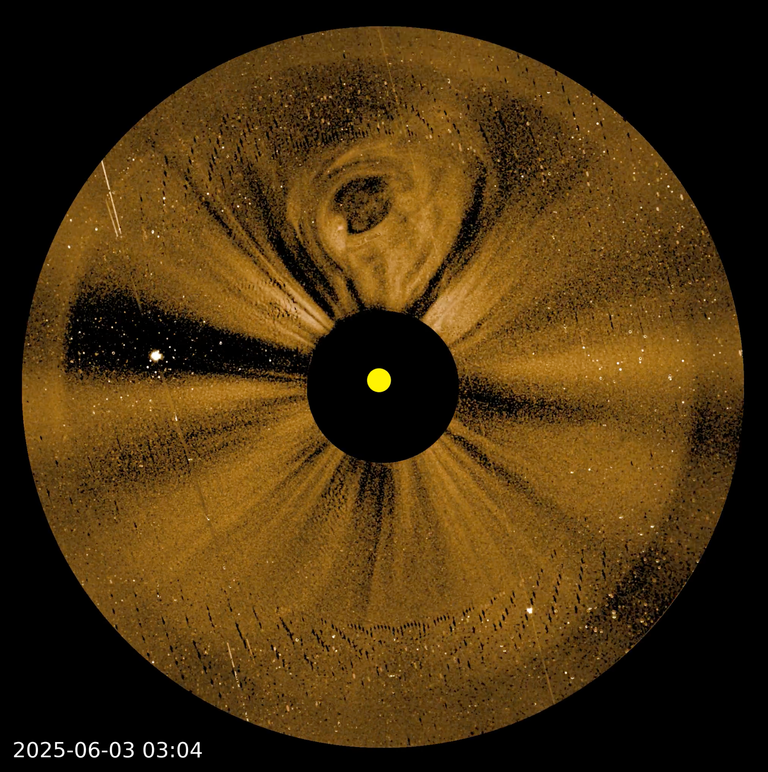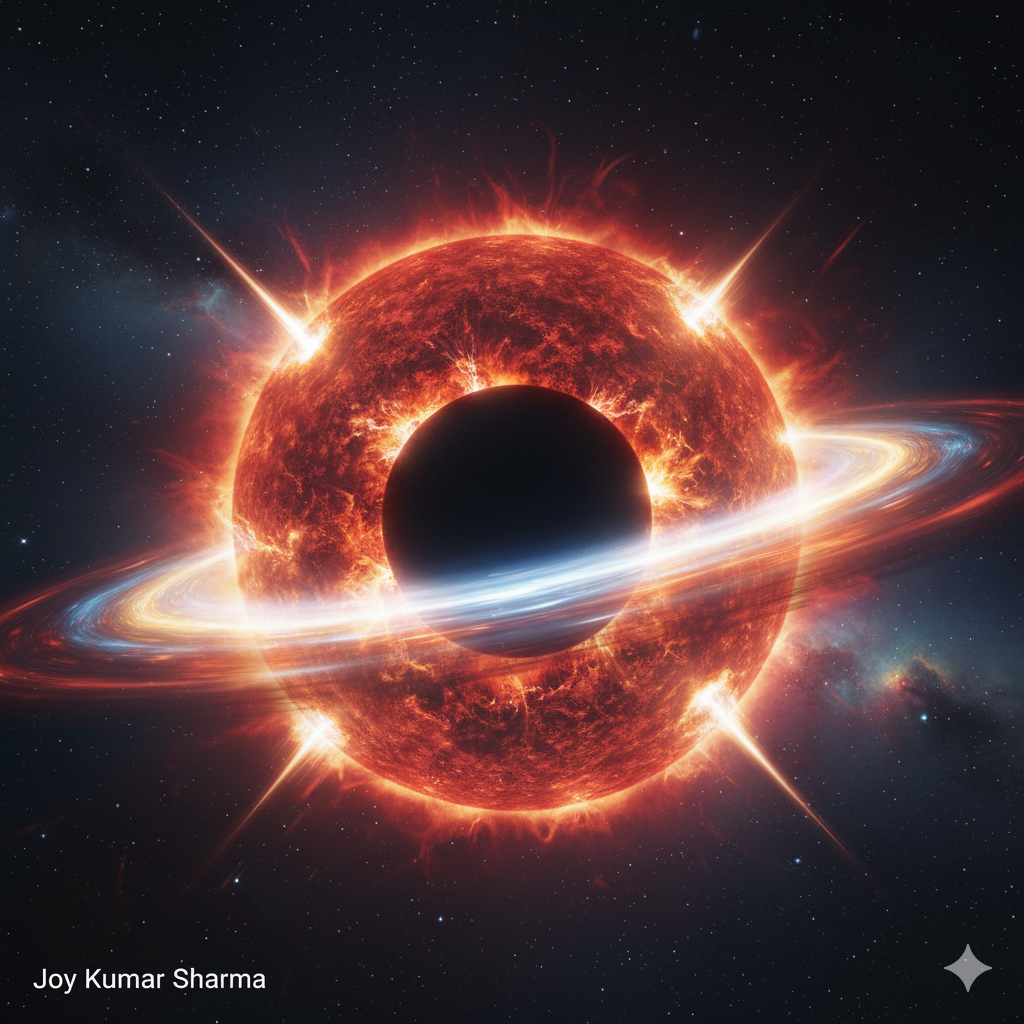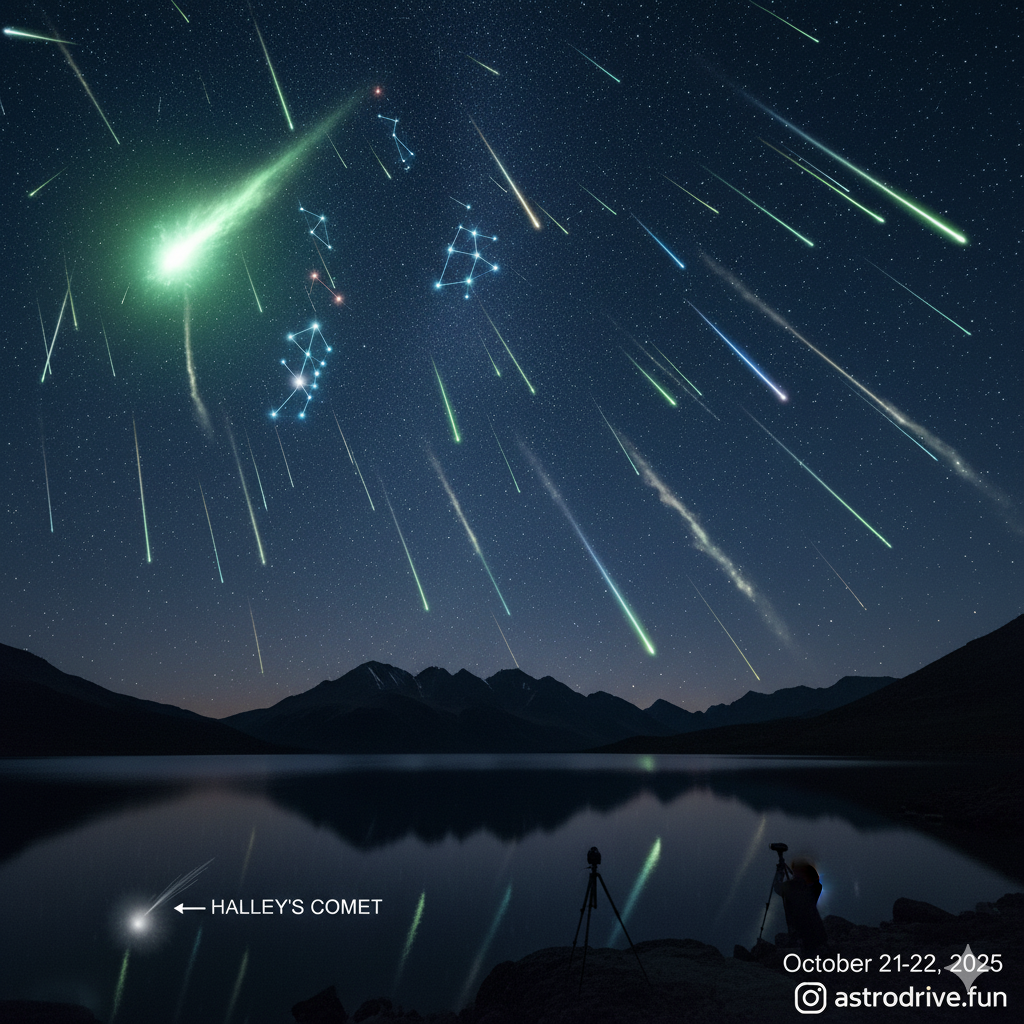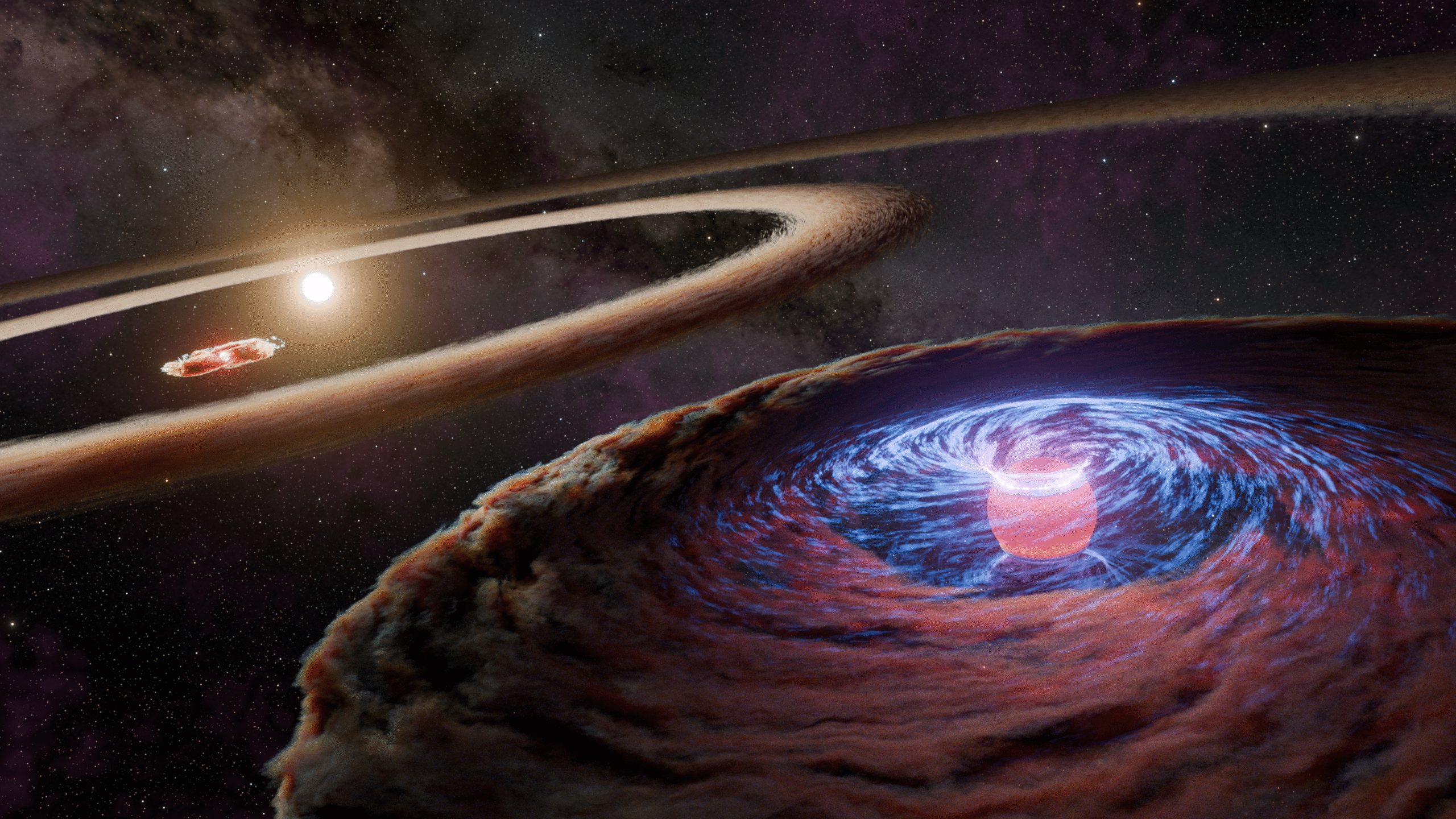Sun Unleashed: NASA’s PUNCH Reveals First-Ever Images of Giant Solar Eruptions

NASA’s PUNCH mission (short for Polarimeter to Unify the Corona and Heliosphere) has just shared its first-ever images of massive solar eruptions known as coronal mass ejections, or CMEs. These stunning visuals were unveiled on Tuesday at the 246th American Astronomical Society meeting in Anchorage, Alaska.
The newly released images, compiled into a video, capture massive coronal mass ejections (CMEs) expanding as they travel through the inner solar system. Thanks to PUNCH’s ultra-sensitive, wide-field instruments, scientists were able to see the entire evolution of these solar eruptions in far greater detail than ever before. This broader view is crucial for improving our understanding and forecasting of space weather—powerful solar activity that can interfere with communications, pose risks to satellites, and even trigger auroras here on Earth.
In addition to the CMEs, the images also showcase celestial sights like Venus, Jupiter, the Orion constellation, the Pleiades star cluster, and even the Moon.
These visuals were captured by PUNCH’s four coordinated cameras, which together function as a single “virtual instrument.” Three of them are Wide Field Imagers that track the Sun’s faint outer atmosphere and solar wind—the continuous stream of charged particles it emits. The fourth is a Narrow Field Imager (NFI), a special coronagraph that blocks the Sun’s bright light to reveal fine details in its atmosphere. One striking image from the NFI shows the intricate structure of a CME erupting from the Sun on June 3. Each camera is mounted on a separate PUNCH satellite, working together to give scientists an unprecedented view of solar activity.

“These first images are astonishing, but the best is still yet to come,” said Craig DeForest, PUNCH principal investigator from Southwest Research Institute’s Solar System Science and Exploration Division in Boulder, Colorado. “Once the spacecraft are in their final formation, we’ll be able to routinely track space weather in 3D across the entire inner solar system.”
Over its planned two-year mission, PUNCH will deliver continuous, global, 3D observations of the Sun’s outer atmosphere and the inner solar system. These insights will help scientists better understand how solar material escapes into space to form the solar wind. PUNCH will also shed new light on how intense solar events—like flares and coronal mass ejections (CMEs)—develop and evolve. This knowledge could improve our ability to predict space weather, which can affect satellites, communication systems, and even astronauts in space.
The mission is led by the Southwest Research Institute in San Antonio, Texas, with operations for the four spacecraft handled from its Boulder, Colorado, facilities. PUNCH is managed by NASA’s Explorers Program Office at the Goddard Space Flight Center in Greenbelt, Maryland, under the agency’s Science Mission Directorate in Washington, D.C.





